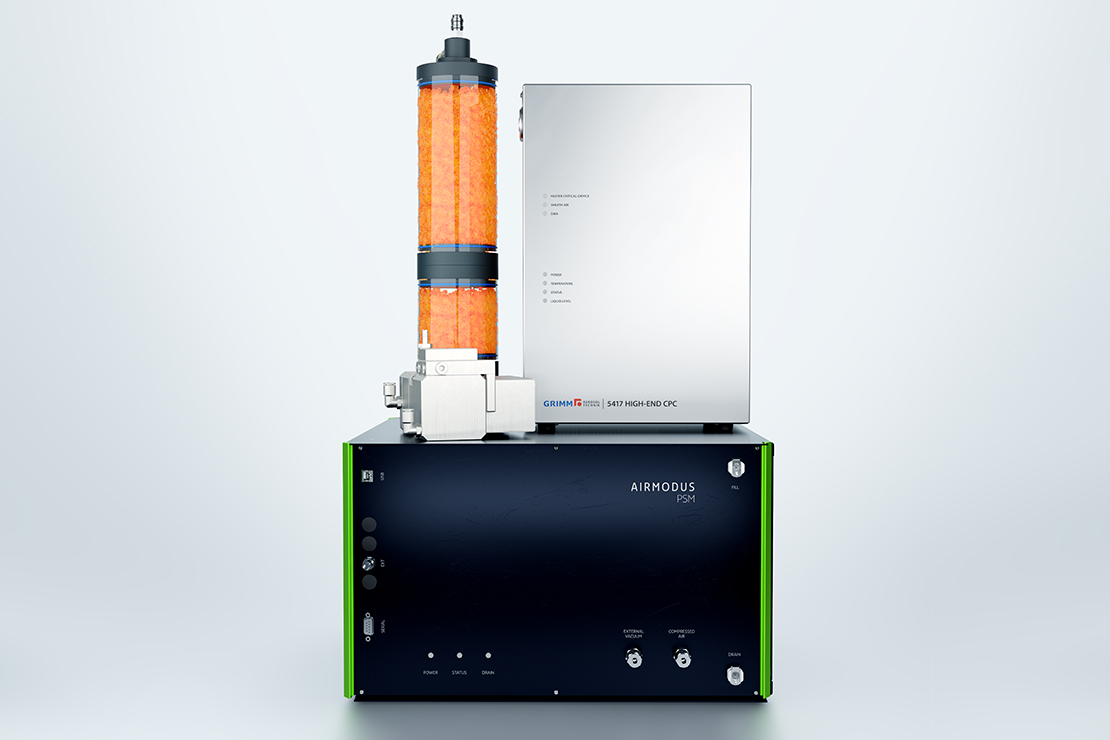
PSMPS from GRIMM measures aerosols in Tiny House
Particulate matter and aerosols can range in size from a single nanometer to tens of micrometers. Especially indoors, where we spend 80 to 90 percent of our time, people come into contact with aerosols, which can also pose health risks – such as respiratory stress. This makes it all the more problematic, because aerosol sources in buildings are still insufficiently studied.
At a glance
| Cooperation partner: Purdue University in Indiana, USA Industry: Science and research Applications: Measurements of indoor aerosol concentrations and particle size distributions Products: PSMPS |
Measuring particle size distributions indoors at Purdue University in the USA
As part of the 2021 zEDGE-iRACE (zero Energy Design Guidance for Engineers-indoor Radical and Aerosol Chemistry Experiment) campaign, research groups at the Lyles School of Civil Engineering at Purdue University in Indiana, USA, collaborated with DURAG GROUP and GRIMM AEROSOL in the summer of 2021 to conduct novel real-time measurements of indoor aerosol concentrations and particle size distributions. The location of the measurement was a Tiny House on the university campus. Specifically, the goal was to understand how everyday household activities from cooking to cleaning to personal care product use change the chemical composition of indoor air.
GRIMM's state-of-the-art PSMPS used in the Tiny House's attic was ideally suited for this purpose. The PSMPS is a mobile particle size spectrometer that combines a GRIMM Scanning Mobility Particle Sizer and Counter (SMPS+C) with Airmodus' Particle Size Magnifier (PSM). The scientists further coupled the GRIMM PSMPS with a number of other measurement instruments to perform continuous monitoring of the aerosol size distribution over a very wide size range from 1.1 to 20,000 nanometers.
The measurements were supported by the National Science Foundation and the Alfred P. Sloan Foundation Chemistry of Indoor Environments Program. In total, over 140 individual experiments were performed. Dr. Gerhard Steiner, Senior Scientist at GRIMM AEROSOL, and Connor Keech, Aerosol Specialist at DURAG GROUP's U.S. site, provided valuable support regarding installation, training and operation around the PSMPS.
As a result, this high-resolution monitoring of indoor aerosols has led to new discoveries in aerosol research. For example, measurements indicate that particles smaller than 10 nanometers are ubiquitous in indoor air and can come from a variety of sources. These super-small particles often occur in very high concentrations and are easily deposited in all regions of the human respiratory system. Dr. Brandon Boor, Dr. Nusrat Jung and Satya Sundar Patra, co-initiators of the project from Purdue University, therefore conclude, "We look forward to continuing our collaboration with DURAG GROUP and GRIMM AEROSOL. And we hope that our research can lead to an indoor environment that promotes human health and well-being through intelligent design of buildings and their ventilation/filtration systems."

